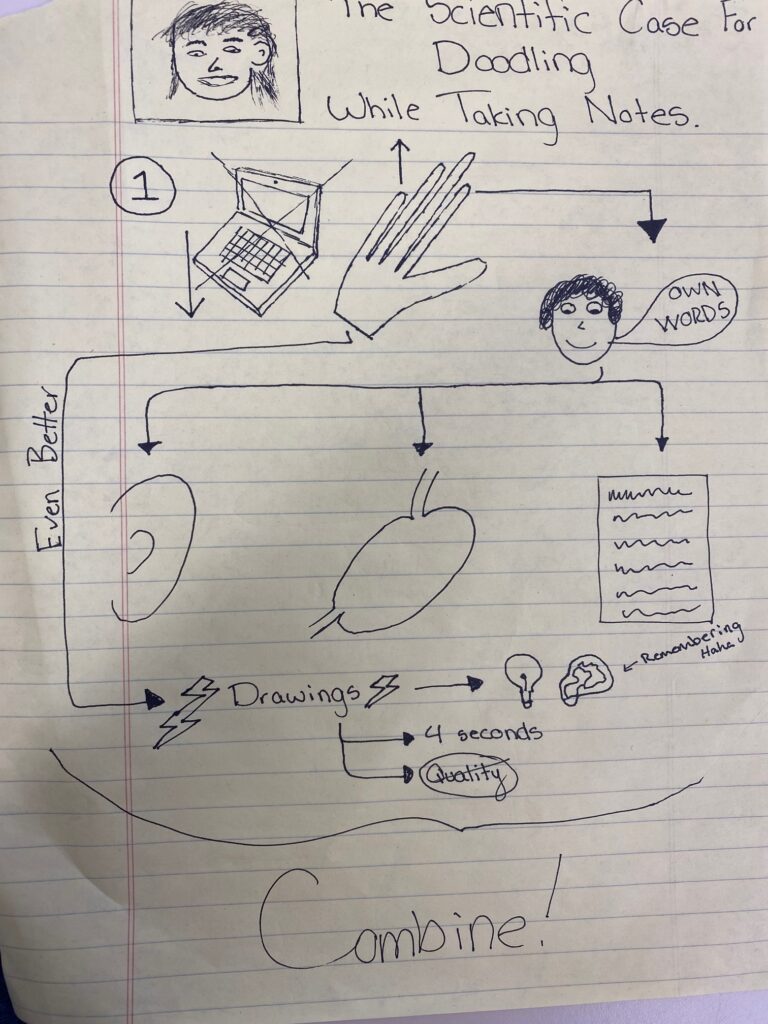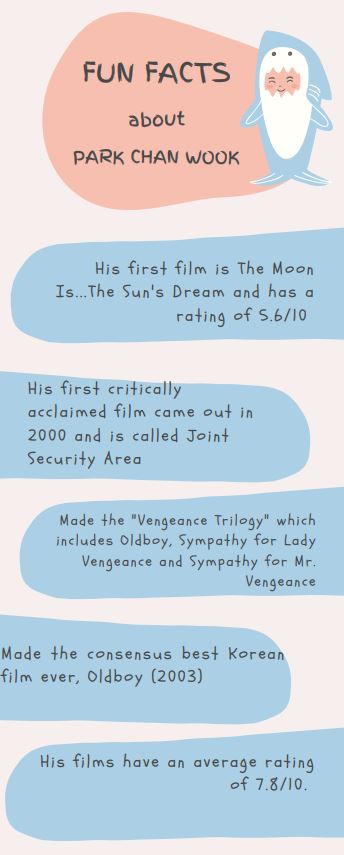How can the SAMR theory of technology adoption help you evaluate technologies that you might consider using in your classroom?
- The SAMR theory of technology adoption seems as though it could be an extremely useful framework for educators to evaluate how useful technologies could be in the classroom. The need for a theory like SAMR is necessary for educators because there are so many technologies which are available for teachers but not all of them are beneficial for student learning or miss essential aspects required within lessons. The SAMR model is also an accessible model for educators to understand and gives an amazing framework for educators which allows them to integrate technologies into the classroom without sacrificing other aspects of in-class time or a detriment to student development. This framework includes four aspects, substitution, augmentation, modification, and redefinition which help educators understand how technologies could be used within the classroom. Through using this model, educators can see where the technology could work within the classroom or to add onto previously existing lessons or activities with technologies which could improve the lessons or create diversification for students who struggle or exceed expectations. Overall, I think SAMR could be an extremely helpful tools for educators and can aid them in understanding where technologies can fit within their classrooms. I have included two links which explore the SAMR model deeper and discuss the benefits.
- The SAMR Model and the Technology Integration Matrix | TIM (usf.edu)
- SAMR: A Powerful Model for Understanding Good Tech Integration | Edutopia
How could the SECTIONS model help you select the most appropriate tool or technology that you might consider using in your classroom?
- Educators could use the SECTIONS model to help select the best technologies to use within the classroom because it takes eight separate factors into considerations when evaluating the appropriateness . These factors include, students, ease of use, costs, teaching & media, interactivity, organizational issues, networking, and security & privacy. The fact that SECTIONS takes all these into account makes it a very important and valuable tool for evaluating technologies because it attempts to be as holistic as possible and consider many factors which may influence it’s effectiveness. These considerations is SECTIONS will make it an incredibly valuable tool for future classrooms. I have included a link which discusses SECTIONS much deeper, as well as, the SECTIONS fillable document.
- SECTIONS(rev) (ubc.ca) (SECTIONS Outline)
- SECTIONS Framework for Choosing and Using Technology -Simplified version – Google Docs (SECTIONS Document)
Could sketchnoting benefit learners in the grade level you hope to teach at? If so how?
- I hope to teach a class between grade 1 and grade 3. I think a certain form of sketch noting would benefit learners within the grade level I hope to teach but not necessarily in the traditional sense. Sketch noting within the grades I hope to teach could be a singular activity which could combine their desire to draw and the educators desire to deliver material and have their students be able to recall what they said. Sketch noting also may be beneficial for students at this grade level who are struggling with their literacy and would allow them to create visual representations to help them learn and remember concepts. However, this should not be relied on because hopefully these students would be able to improve their literacy and relying purely on visual representations may not motivate the student to improve their letters. Sketch noting could be used to encourage non-written representations, allow for student choice, help student memory, enhance focus, and embrace creativity. It could also allow for more engagement with the world around them and help them remain present while in school. While this may not be the most effective method for early elementary school it definitely can be incorporated into lessons in those grades and should not be discarded just because it may be more useful in higher grade levels. In any grade you could use a daily journal which students could doodle in as it doesn’t need to be done directly from lecture. I have included a couple links which explore the topic more and give insights into how it could be used within the classroom and it’s benefits.
Sketchnote & Infographic:
- Sketchnote:

- Infographic:






